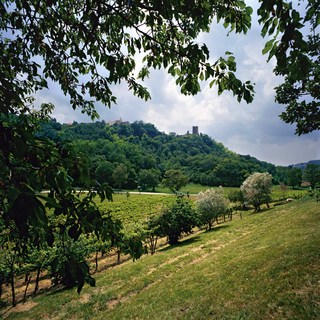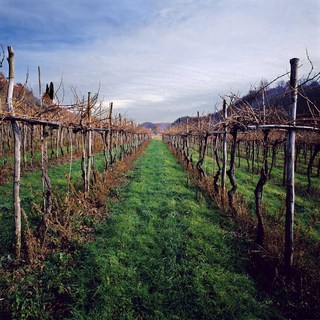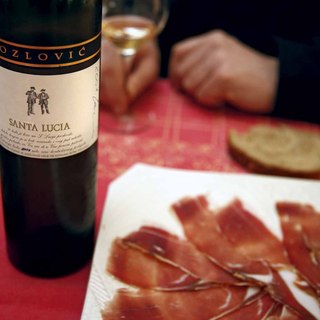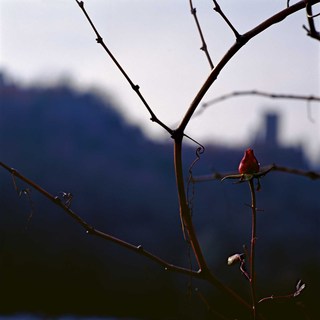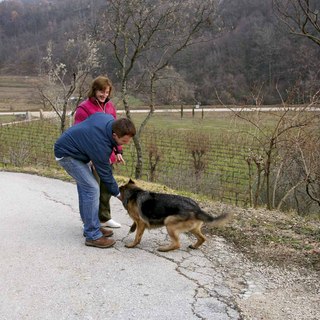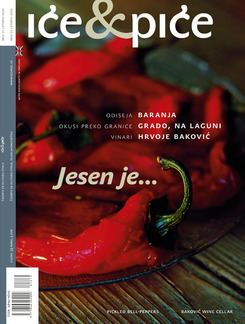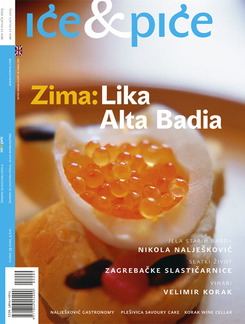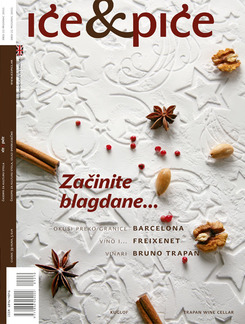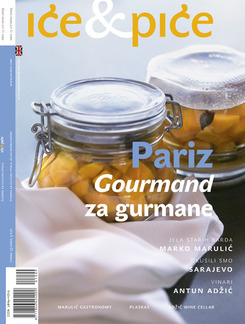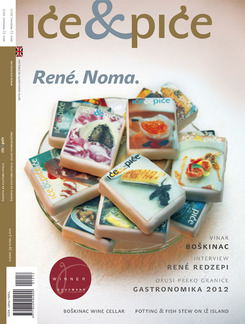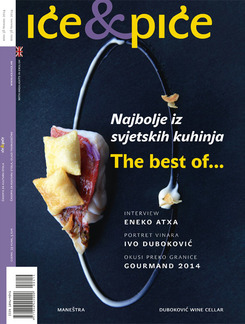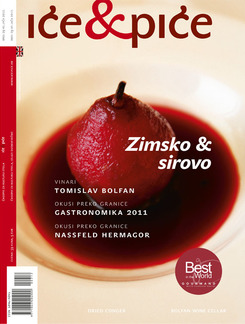Wine Cellar’s ID
Beginnings
It was in the early 1990s that humble family production and tradition motivated Gianfranco Kozlović to audaciously take the path of wines, the decision which with time brought him the recognition of one of the founders of Istrian wine revolution. The influence of Italy and of goriški hills on technology and distinctive style cannot be denied. He was the first to introduce cold fermentation to Istria, with the first commercially significant grape harvests in 1993 and 1994. However, a historic moment for the development of Istria as wine-growing region took place in 1997, when Kozlović Malvasia got to be proclaimed on Vinovita fair the best white wine in Croatia. The ensuing years saw the ever increasing importance of Kozlović wines.
Vineyards
In the beginning there were only three hectares of family vineyards, while today as many as seventeen are cultivated. Further spreading is also planned. The overall vineyard territory can be divided into two micro-zones. The first covers the hilly area around the town of Buje with the positions of Santa Lucia and Contarini, particularly suited for malvasia growing, and the other refers to the valley of Momjan, where malvasia, Momjan moscato, moscato rose and teran vineyards are grown. An effort is made to use mainly organic fertilizers, boiling down to the necessary minimum all chemical substances.
Assortment
The Kozlović winery stands particularly proud before its autochthonous grapes, at the same time believing luck is to be thanked for the part of its success, as its most represented grape malvasia is simultaneously synonymous with the Istrian wine. This agrees with the world trend of appreciating regional autochthonous grapes. Thus, beside 60% malvasia, also 20% Momjan moscato is grown, a grape grown for rich dessert wines. The remaining percentage is occupied by teran, moscato rose and pinot noir.
Cellar, technology, wines
The year of 1997 saw the construction of the new, at the time state-of-the-art cellar with the holding power of seventy to eighty thousand bottles, and the Kozlovićs had therefore not even in their dreams imagined they might be in the need of greater capacity. It is now expanded to 100,000 bottles and the construction of the new bigger cellar is in progress. Wine is not a product, it is an artwork – is the slogan of the Kozlović winery, but also the philosophy the effects of which were very much manifest in the last two harvests. The wines are not only polished, aromatic and flowing, but they also contain the depth and the manufacturer’s insignia, still retaining the characteristics of the grape. The future however resides in the stricter grapes selection, the use of maceration and the production of ever more concentrated wines. Depending on the type of desired wine, the combination of stainless steel and oak or Istrian locust barrique barrels is practiced.
Label
The unusual label stems from the aspiration to graphically represent the Sun, soil, labour, tradition, love and passion of an unknown young wine producer with a vision. The label shows two friends drinking to life, an image from an old family photograph, who figure as a symbol of enjoying wine, friendship and positive energy that wine makes. The label has with time undergone lifting, but the basic logo and form have been retained.
Family business
The Kolzlović winery today employs seven steady and several occasional co-operators, still keeping everything within the family. Also the vision of the future holds on to family – seeing the business as extended-family manufacture. Wife Antonella plays the crucial role when it comes to commercial and financial matters, but each and every member participates in every production phase.
Philosophy
The Kozlović philosophy is embodied in the history of the family that knew how to hold together working towards their common goals, nurturing the value of their toil, effort, resolution and competence. The wine is a product of grapes, region and author. Every man, whether expert or lay, is imbued with a full right to enjoy the best possible amalgam of these three elements. Wine must leave an impression, make one feel the warmth of the message conveyed by this masterpiece as well as the beauty of unique colours, tastes and smells that only nature can create.
Future
New vineyards – old grapes. The construction of the new cellar also enables better production terms, and, as they believe, wines of higher quality that can follow world trends on the market. Along with the production rise, increase in export is planned, prospects of which are improved by the possibly soon EU membership. Work and toil suffice; let there be luck and novelty will appear.
